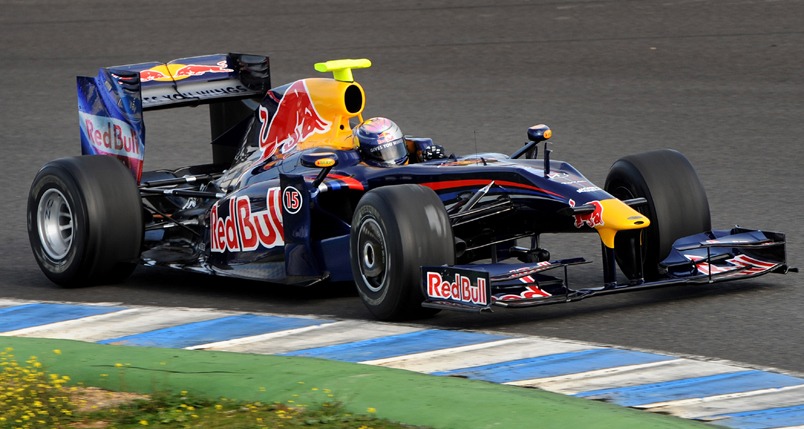By Tim McLean, TXM Managing Director
Creating a Culture of Continuous Improvement
Many companies that approach TXM tell us that they want to create a “culture of continuous improvement. Some people tell us that “Continuous Improvement” and Lean Manufacturing are two different things. So what is a “culture of continuous improvement”, what does it mean and how does it differ from Lean Manufacturing? The behaviour of elite sporting teams provides a good model of continuous improvement that can be adapted to manufacturing and other businesses.
McKinsey Consultant, Marvin Bower one described culture as “The way we do things around here”. Therefore a continuous improvement culture is one where continuous improvement is “the way we do things around here”. This means that is a mindset rather than a set of tools or a methodology.

I believe the best examples of continuous improvement culture are to be found in elite sport. Formula One motor racing is a great example of this. The best teams such as Red Bull or McLaren do not win every race, but they learn from every race and are systematic and rigorous in applying those learnings to ensure that they perform better in the next race.
They also never stop improving. Even when they are world champions, their cars are the fastest, their pit crews the slickest and their drivers the best, they still analyse every aspect of every performance to find an extra edge of performance so they can stay in front.
They do this based on data, not gut feel and apply scientific method to ensure that they check that changes lead to the desired improvements and then lock in the successful changes in to their designs and methods. This process of improvement is not just the job of the Chief Engineer, but instead is the role of every single individual on the team from the drivers to the pit crewmmembers.
This culture of improving every aspect of performance every day is not unique to motorsport. To quote, John Buchanan, the coach of Australia’s most successful cricket team:
“They are the perfect team because they do want to improve every day, so it doesn’t matter who comes in….Its a culture within the group so they’ll improve, they’ll always get better”
Therefore we can learn from sport several elements of what makes up a continuous improvement culture:
- A relentless focus on improvement in every aspect of the enterprise.
- A determination to keep getting better even when you are already the best.
- A willingness to learn from every performance good or bad.
- The use of scientific method to solve problems, known in lean manufacturing terms as the “Plan Do Check Act” approach.
- The involvement of every team member in solving problems and continuously improving their own and the teams performance.
- The improvement culture transcends individual team members or leaders and is simply part of the way the team always approaches things, ie. it is part of the culture of the team or organisation.
What About Lean Manufacturing?
Lean manufacturing is system of management based on the Toyota Production System. It is a means of achieving a continuous improvement culture. In fact achieving such a culture in the organisation is THE objective of Lean Manufacturing. In our experience companies only sustain and grow the success of their lean manufacturing production system when they get in to the habit of always striving to improve the system.
Lean manufacturing will teach you how to find and eliminate waste in your process, how to create flow, how to see and solve problems. Lean leads to a culture of continuous improvement when the organisation then looks to further improve the gains they have made, when the future state value stream map becomes the new current state map, and when the best set up time or OEE you have achieved becomes the new baseline for improvement.
In summary, a culture of continuous improvement is one where an organisation looks to improve every aspect of its performance every day at every level. Lean Manufacturing is a system of management, which is highly effective in developing this culture of continuous improvement.






